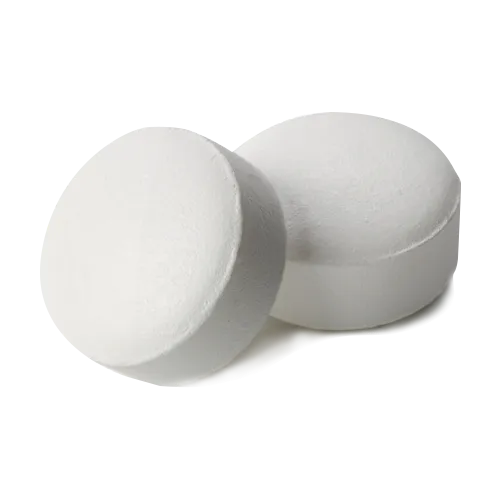Author: Dr. Elena Martinez, MD, FACG
Board-Certified Gastroenterologist
Last reviewed: November 18, 2025
Current Status of Zantac (Ranitidine) – Important Recall Information
What Was Zantac (Ranitidine) Used For?
Before withdrawal, ranitidine was indicated for:
- Treatment and prevention of duodenal and gastric ulcers
- Gastroesophageal reflux disease (GERD) and erosive esophagitis
- Zollinger-Ellison syndrome and pathological hypersecretory conditions
- Maintenance therapy after ulcer healing
- Heartburn, acid indigestion, and sour stomach (OTC use)
Comparison Table: Ranitidine vs Current H2-Antagonists & PPIs
| Drug | Class | Onset | Duration | NDMA Issue | Current Availability (2025) | |
|---|---|---|---|---|---|---|
| Ranitidine (Zantac) | H2-antagonist | 30–60 min | 8–12 h | Yes – recalled | Withdrawn in most countries | |
| Famotidine (Pepcid) | H2-antagonist | 1 h | 10–12 h | No | Widely available | |
| Cimetidine (Tagamet) | H2-antagonist | 1 h | 6–8 h | No | Available | |
| Nizatidine (Axid) | H2-antagonist | 30 min | 10–12 h | Voluntary recall 2020 | Limited | |
| Omeprazole (Prilosec) | PPI | 1–2 h | 24 h | No | Widely available |
Historical Dosing Regimens (Before Withdrawal)
| Indication | Adult Dose | Duration |
|---|---|---|
| Duodenal ulcer (treatment) | 150 mg twice daily or 300 mg at bedtime | 4–8 weeks |
| GERD / Erosive esophagitis | 150 mg twice daily | Up to 12 weeks |
| Maintenance | 150 mg at bedtime | Long-term |
| Zollinger-Ellison | 150 mg three times daily (up to 6 g/day) | As needed |
| OTC heartburn | 75–150 mg as needed (max 300 mg/day) | ≤14 days |
Why Was Zantac Recalled? (NDMA Contamination)
In September 2019, independent testing found unacceptable levels of NDMA in ranitidine products. NDMA levels increased with time and temperature. FDA studies confirmed the impurity formed from the ranitidine molecule itself under certain storage conditions. The agency concluded the risk outweighed the benefit and requested complete market withdrawal in April 2020.
Current Alternatives (2025 Recommendations)
- First-line: Famotidine (Pepcid) 20–40 mg daily
- Second-line: Omeprazole, esomeprazole, or pantoprazole (PPIs)
- For occasional heartburn: Calcium carbonate, magnesium hydroxide, or famotidine OTC
Official Sources
- FDA Announcement (April 2020): FDA Request for Market Withdrawal
- PubMed – NDMA in ranitidine (2019): https://pubmed.ncbi.nlm.nih.gov/31536540/
- EMA Recommendation (2020): Complete suspension of ranitidine medicines
Patient Reviews (Historical – Pre-Recall)
“Zantac 150 mg at bedtime kept my reflux under control for 15 years. Switched to famotidine after the recall – works just as well.”
“Used Zantac 300 mg twice daily for a bleeding ulcer in 2012. Healed completely in 6 weeks. Now on pantoprazole.”
“OTC Zantac was my go-to for spicy food nights. Now using Pepcid Complete – similar relief.”
Frequently Asked Questions (FAQ)
Conclusion
Ranitidine (Zantac) was an effective and well-tolerated H2-receptor antagonist for over 35 years. Due to unacceptable NDMA contamination risk, it has been permanently withdrawn from most markets. Safe and effective alternatives (famotidine, PPIs) are widely available and preferred in current clinical practice.


